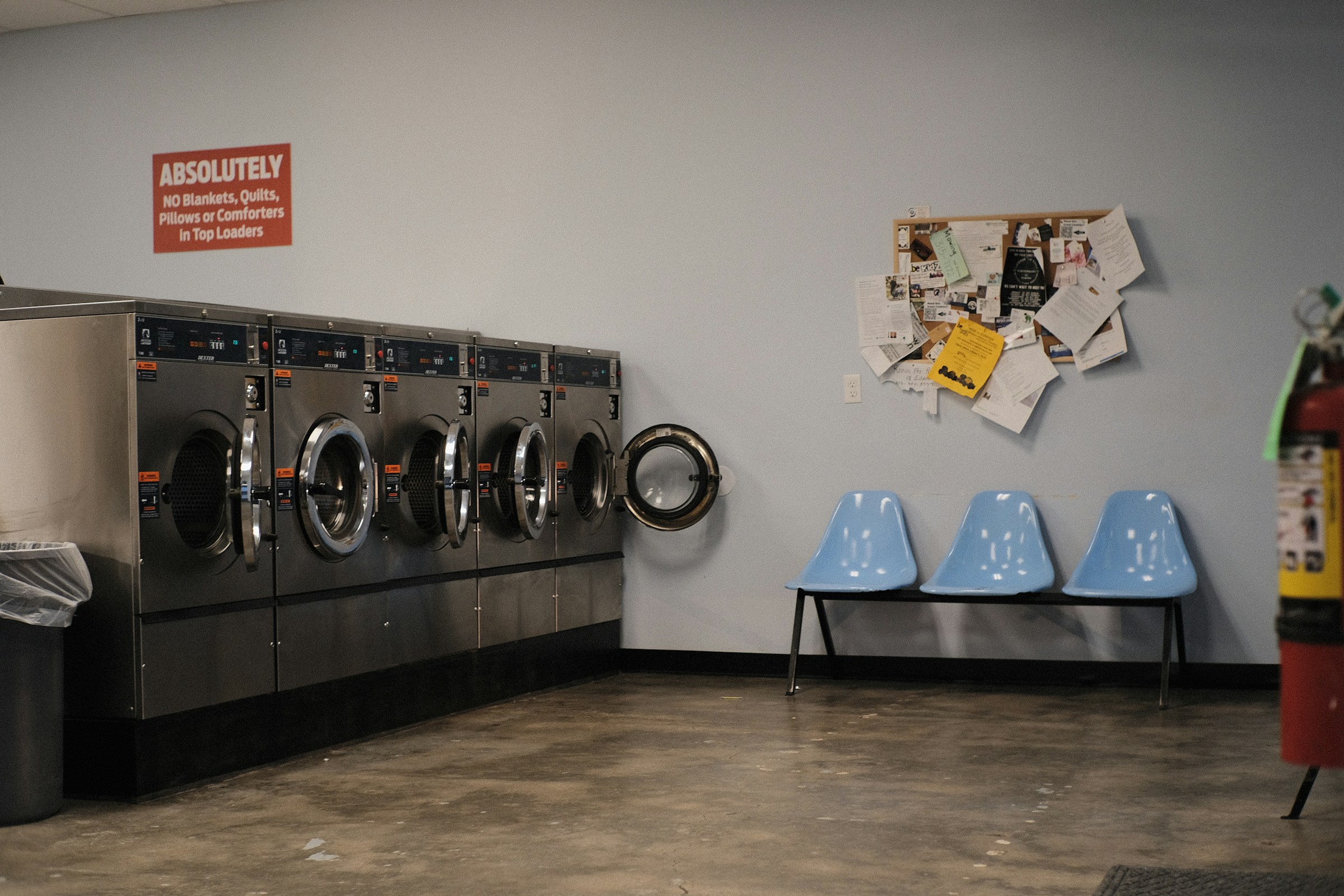Installation should always be handled by experienced professionals who specialize in commercial laundry equipment. While general contractors can help with construction or electrical work, washer and dryer installation involves industry-specific knowledge. Many equipment distributors offer turnkey installation as part of their service package. These providers will handle utility alignment, machine calibration, and performance testing. Always verify that your installer is licensed, insured, and familiar with the specific machines you’re purchasing.
Look for companies with strong support reputations and fast response times in case issues arise. Working with the right team ensures your investment is protected from day one. For owners budgeting a new build or major upgrade, exploring commercial laundry equipment financing options can also make these investments more manageable.
Avoiding Common Installation Mistakes
Even minor errors during installation can result in long-term problems that cost you money and damage your reputation. Inadequate drainage can cause leaks or mold. Poorly leveled machines wear out faster and shake violently during operation. Improper ventilation increases fire risk and energy costs. Overloaded circuits can shut down operations unexpectedly. Here are some common mistakes to avoid:
- Skipping Site Assessments
Always have your contractor or installer conduct a pre-installation site walk to flag potential issues. - Using Residential Equipment in Commercial Settings
Residential units won’t last under heavy use and aren’t designed for laundromat conditions. - Mismatched Machine Sizing
If your washers or dryers are too large or small for the space or demand, it affects throughput and revenue potential. - Neglecting Vent Cleaning Plans
Lint buildup starts from day one—have a duct cleaning strategy in place before the system runs.
Post-Installation Testing and Inspection
Once machines are in place, thorough testing is crucial to ensure proper functionality and safety. Every washer should be tested for leaks, drainage speed, balance, and spin power. Dryers must be run at full heat to verify airflow and exhaust functionality. Technicians will also check for gas or electrical hazards and verify all connections against code requirements. In some municipalities, a final inspection from the city or county is required before the laundromat can open. Keep a checklist and document all installations for future reference or warranty claims. Don’t rush through this phase—it’s your last chance to catch errors before customers use the machines.
Maintenance and Service After Installation
Installing your washers and dryers is just the beginning—you also need a plan to maintain them. Commercial machines run hard, and regular servicing is essential to keep them running efficiently and extend their lifespan. Work with your installer or equipment supplier to set up a maintenance schedule. Keep spare parts on-site for quick fixes and train your team to recognize early signs of failure. Document maintenance history for warranty purposes and future resales. Many laundromat owners invest in remote monitoring and laundromat efficiency upgrades to track usage, performance, and service alerts in real time.
Frequently Asked Questions
1. How much does it cost to install commercial washers and dryers in a laundromat?
The total cost can range widely depending on brand, machine capacity, and site requirements. On average, new commercial washers and dryers can cost between $5,000–$20,000 per unit, with installation adding another $1,000–$5,000 per machine for plumbing, electrical, and venting work. Always ask providers for a detailed breakdown of equipment, delivery, and installation costs.
2. Should I buy new or used commercial laundry machines?
New machines come with full warranties, energy-efficient features, and lower repair risks, but they require higher upfront investment. Used machines cost less initially but may consume more utilities and need frequent servicing. If you want long-term reliability and lower utility bills, new machines are usually the better choice.
3. How do I choose the best equipment provider for my laundromat?
Look for providers with proven experience in the commercial laundry industry, strong after-sales support, and a track record with reputable brands. Check reviews, ask for references, and compare warranties, service agreements, and financing options before making a decision.
4. Can I finance or lease laundromat equipment instead of paying upfront?
Yes. Many U.S. providers offer financing and leasing options. Leasing requires lower upfront capital and may include service support, while financing allows you to own the machines after completing payments. Both options can make it easier to manage cash flow during startup or expansion.
5. How long do commercial washers and dryers typically last?
With proper maintenance, most commercial washers and dryers last 10–15 years. Usage levels, water quality, and maintenance frequency all impact lifespan. Investing in energy-efficient, well-maintained machines can extend durability and lower long-term costs.
Closing Thoughts: Installation Is the Foundation of Your Laundry Business
The performance and profitability of your laundromat begin with how your washers and dryers are installed. Cutting corners or rushing the job can lead to constant maintenance issues, unhappy customers, and safety concerns. But a professional, well-planned installation ensures smooth operations, better energy efficiency, and longer equipment life.
From utility infrastructure and permits to layout design and ventilation, every detail matters. The best laundromat owners treat installation as a strategic investment, not just a setup task. When done right, it supports everything else—cleaner clothes, faster turnaround, and greater profits. If you’re starting fresh or upgrading your fleet, make sure installation is done right the first time.








